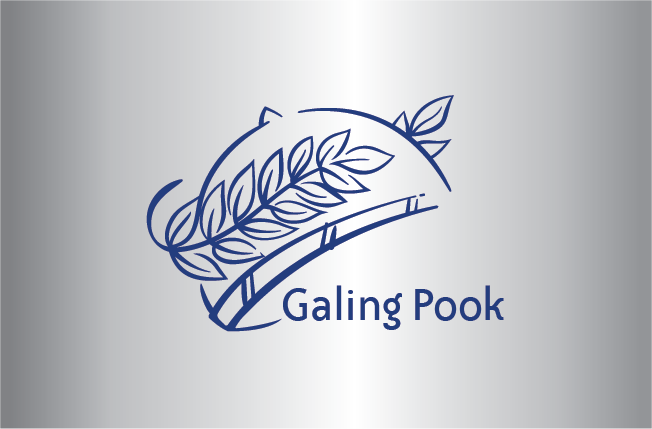
iRISE UP (Intelligent, Resilient, and Integrated Systems for the Urban Population)
Quezon City
2023
Spanning over 160 square kilometers and home to over 3.1 million residents, Quezon City is the most populous city in the Philippines. As the urban center of Metro Manila, Quezon City faces significant exposure to natural hazards like flooding and earthquakes due to its dense development pattern and location downstream of major river basins. Recognizing the high disaster risks facing its communities, the Quezon City local government has prioritized innovative solutions to boost resilience.
One such initiative is the Intelligent, Resilient, and Integrated Systems for the Urban Population (iRISE UP), established in 2020 as the city’s multi-hazard early warning system. iRISE UP integrates an extensive network of climate and weather monitoring sensors to centrally collect and analyze real-time data. This back-end system currently includes 50 smart weather cameras, 13 rain gauges, 18 flood sensors, and 2 seismic accelerographs stationed across the city. Additional data inputs come from the Philippine Atmospheric, Geophysical and Astronomical Services Administration (PAGASA) weather radar and the Unified GIS Platform shared with other city departments.
Through iRISE UP’s dashboards, this wealth of information provides critical inputs for impact-based forecasting tailored to Quezon City. Localized weather advisories, rainfall warnings, tropical cyclone bulletins and more are generated based on detailed risk analyses. Issued via radio, SMS, and the program’s active social media presence, at least 1,346 advisories have reached communities since 2020. Engagement on Facebook posts alone has exceeded 4.1 million, demonstrating iRISE UP’s success in disseminating timely, hyper-local information to QCitizens.
On the ground, these advisories have supported preemptive evacuations of over 10,000 residents a year. By helping authorities and high-risk barangays make informed, science-based decisions on early relocations, iRISE UP directly contributes to the city’s goal of zero weather-related casualties. Historical and forecasted hazard maps available through iRISE UP dashboards also feed into longer-term risk reduction through evidence-based land use and development planning.
While technology powers its monitoring and warning functions, iRISE UP emphasizes the human factor through community engagement. Over 27,800 at-risk households have participated in educational campaigns to better understand the early warning signals and what actions to take. Barangay disaster committees utilize iRISE UP data and tools for localized preparedness and response planning as well. This integrated social-technical approach helps ensure that warnings from the centralized system reach the “last mile” of residents.
To sustain these gains, Quezon City continues innovating iRISE UP’s services. Standard operating procedures integrate iRISE UP data across all phases of the disaster management cycle from pre-disaster risk assessments to post-disaster needs analyses.
Programs like iRISE UP demonstrate the critical role technology and data-driven systems play in modern disaster risk governance. By centralizing hazard monitoring and transforming raw data into actionable impact forecasts, iRISE UP supports evidence-based decision making across Quezon City’s disaster management cycle. It enhances situational awareness and directly informs preparedness activities from early warning dissemination to preemptive evacuations. Through its integration of scientific expertise, emergency response networks, and community-level engagement, iRISE UP facilitates a coordinated, proactive approach central to strengthening local resilience.
Quezon City’s leadership in deploying innovative solutions like iRISE UP provides valuable lessons for other high-risk local governments. Key takeaways include the importance of fusing technical and social elements, as well as institutionalizing programs by aligning them with local development goals and budgeting. As the impacts of climate change intensify disasters nationwide, replicating optimized, data-driven models can help more Philippine communities strengthen capacities to manage risk and build back better after hazardous events.


